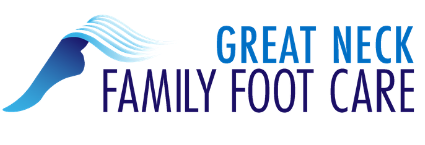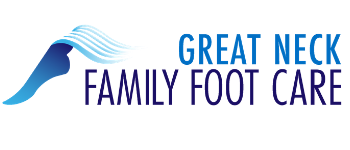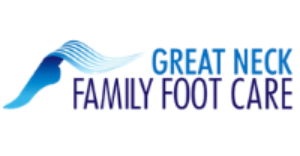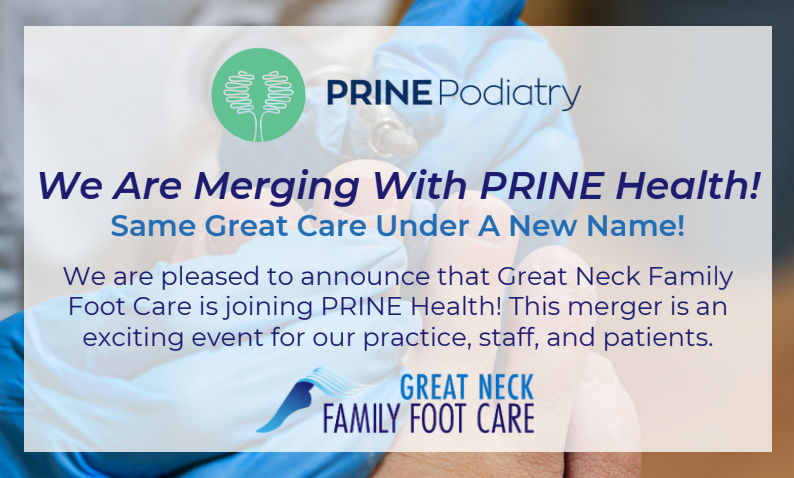09 Oct How to Treat “Pump Bump”
Haglund’s Deformity is a bony enlargement on the back of the heel. It is more commonly known as “Pump Bump” because the telltale bump on the back of the heel, which is the visible part of a bony enlargement, is aggravated by the stiff backs of pump-style shoes rubbing against it. Actually, any shoes with stiff backs, including men’s dress shoes and ice skates can aggravate the site of Haglund’s Deformity.
What Causes Haglund’s Deformity?
Haglund’s Deformity occurs when there is a defect in the structure of the foot. This can be hereditary. Faulty foot structures that make one prone to this deformity include: a tight Achilles tendon and a high-arched foot. A tendency to walk on the outside of the heel may also encourage Haglund’s Deformity.
Symptoms
In addition to the bump on the back of the heel, a patient with Haglund’s Deformity will feel pain in the part of the foot where the Achilles tendon attaches to the heel. There will also be swelling in the back of the heel and redness around the inflamed tissue.
Non-Surgical Treatments
At Great Neck Family Foot Care, our board certified foot and ankle surgeons, Dr. Alec Hochstein and Dr. Diana Gagliano are experts in Nassau County at diagnosing all foot and ankle disorders. They will start by taking a complete medical history and conducting a thorough examination of your foot and ankle. Digital x-rays (which can be done right in our Great Neck office) will be ordered to more accurately evaluate the deformity and condition of the heel. Once a diagnosis of Haglund’s Deformity is confirmed, the foot doctor will develop a treatment plan that’s right for you. Non-surgical treatments are geared toward reducing pain and inflammation and may include the following:
- Nonsteroidal anti-inflammatory medications, such as ibuprofen may be prescribed to reduce pain and inflammation
- Icing the inflamed area to reduce swelling
- Physical therapy to reduce inflammation
- Modifying footwear so that there is no rubbing against the bump to cause further irritation
- Orthotics or inserts in your shoes: these may include heel lifts to decrease pressure on the heel, arch supports, or heel pads to cushion the heel and reduce irritation when walking
- Immobilization may be necessary for healing
- Stretching exercises to help relieve stress from the Achilles tendon
None of these treatments, however, will reduce the size of the bony enlargement. If the patient does not receive sufficient pain relief from the above treatments, surgery may be required. Only a professional podiatrist will be able to make that determination so if you are experiencing pain and discomfort that you think is caused by “pump bump,” contact our office as soon as possible for an evaluation and to learn what treatment is best for you.





Sorry, the comment form is closed at this time.